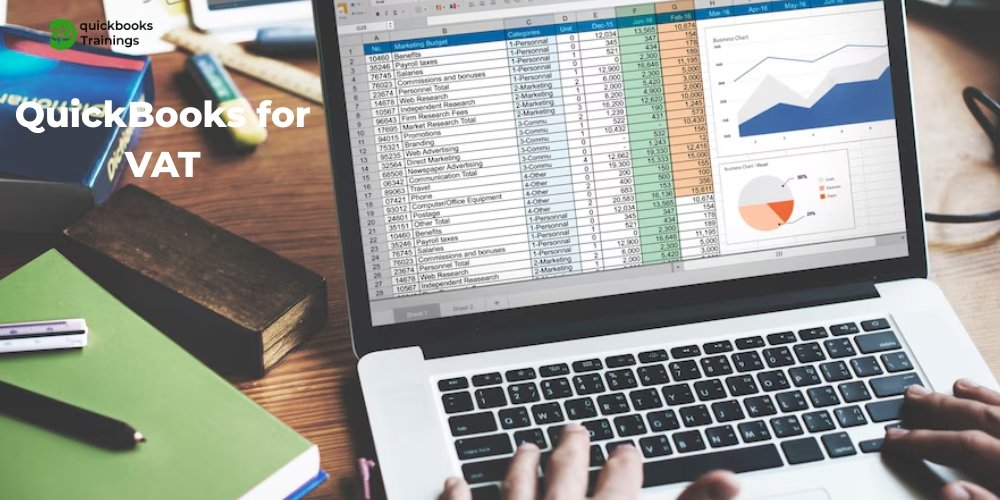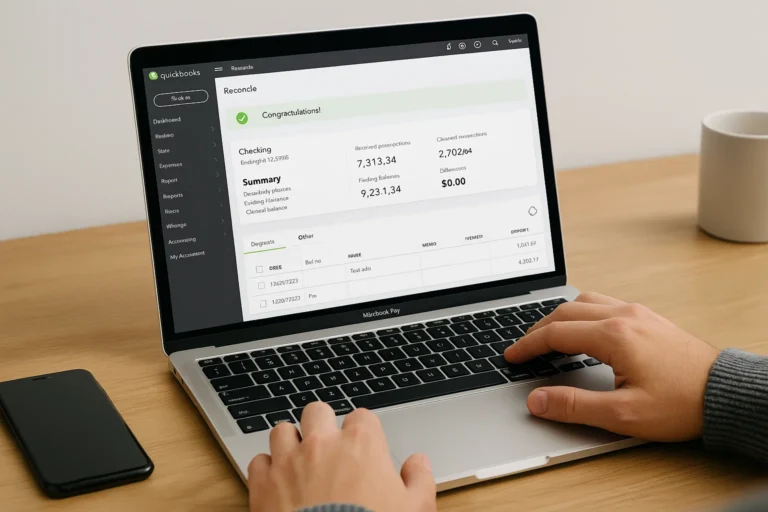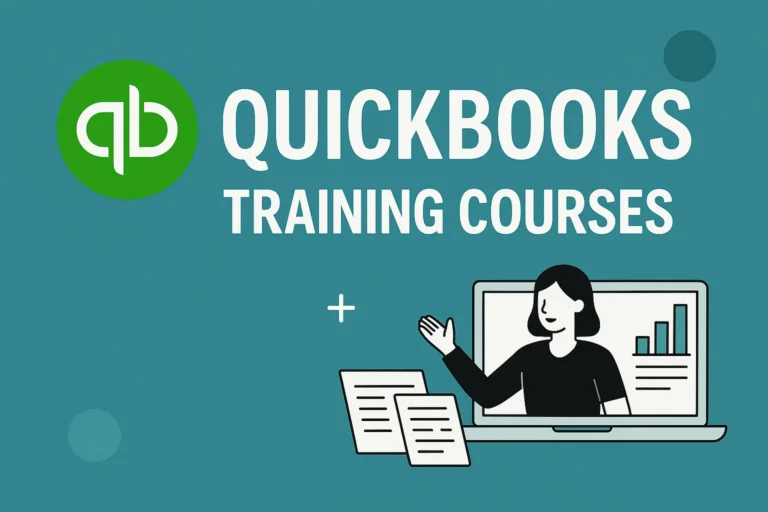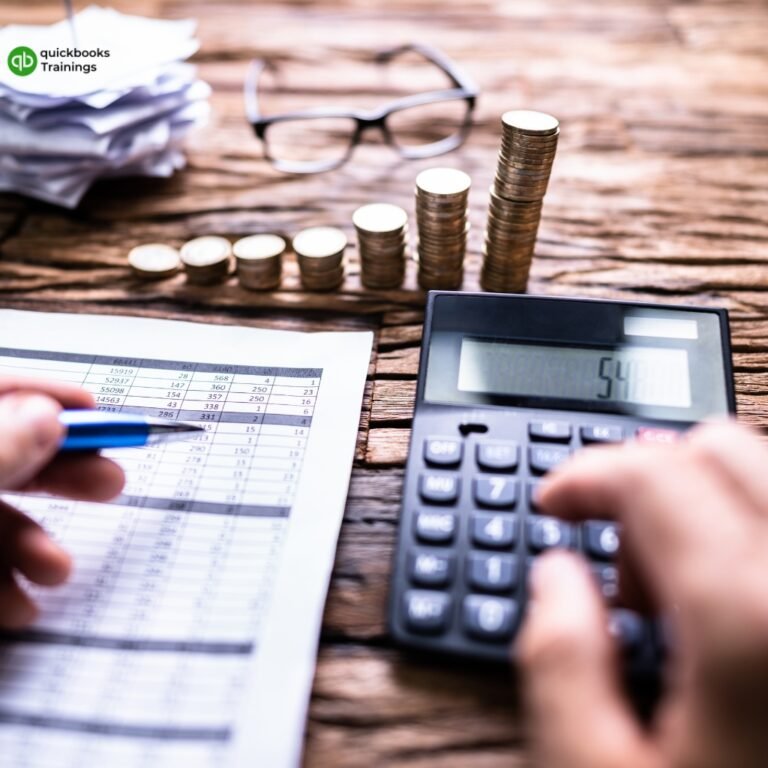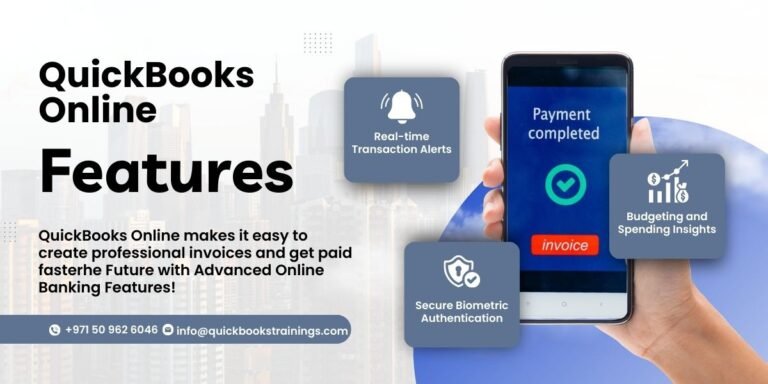How to Use QuickBooks for VAT: Complete Guide for Businesses in the UAE
Are you struggling with VAT compliance for your UAE business? QuickBooks offers the perfect solution to simplify your tax management. With the Federal Tax Authority (FTA) imposing strict regulations and heavy penalties for non‑compliance, learning to use QuickBooks for VAT properly isn’t just convenient, it’s business-critical. This guide will walk you through every step, from initial setup to final submission, ensuring Sie meet all requirements while saving valuable time and avoiding costly mistakes.
What Is VAT and Why Does It Matter in the UAE?

Value Added Tax (VAT) is a consumption tax imposed on the sale of goods and services. In the UAE, VAT is set at a standard rate of 5%, and businesses earning over AED 375,000 annually must register for VAT.
Understanding how to record, calculate, and report VAT correctly is crucial. QuickBooks provides built-in tools to help businesses comply with the UAE’s VAT law—without hiring a full-time accountant.
Want hands-on training? Please explore our complete QuickBooks training programs to become VAT-ready.
Benefits of Using QuickBooks for VAT

QuickBooks Online and QuickBooks Desktop both support VAT tracking and reporting. Key benefits include
✅Automated VAT calculations on sales and purchases
✅Real-time VAT summary and detailed reports
✅VAT coding based on UAE tax law
✅Easy reconciliation of input and output VAT
✅Simple export for FTA VAT return submission
Whether you’re managing VAT in-house or with a consultant, QuickBooks streamlines your entire process.
Step-by-Step: Setting Up VAT in QuickBooks
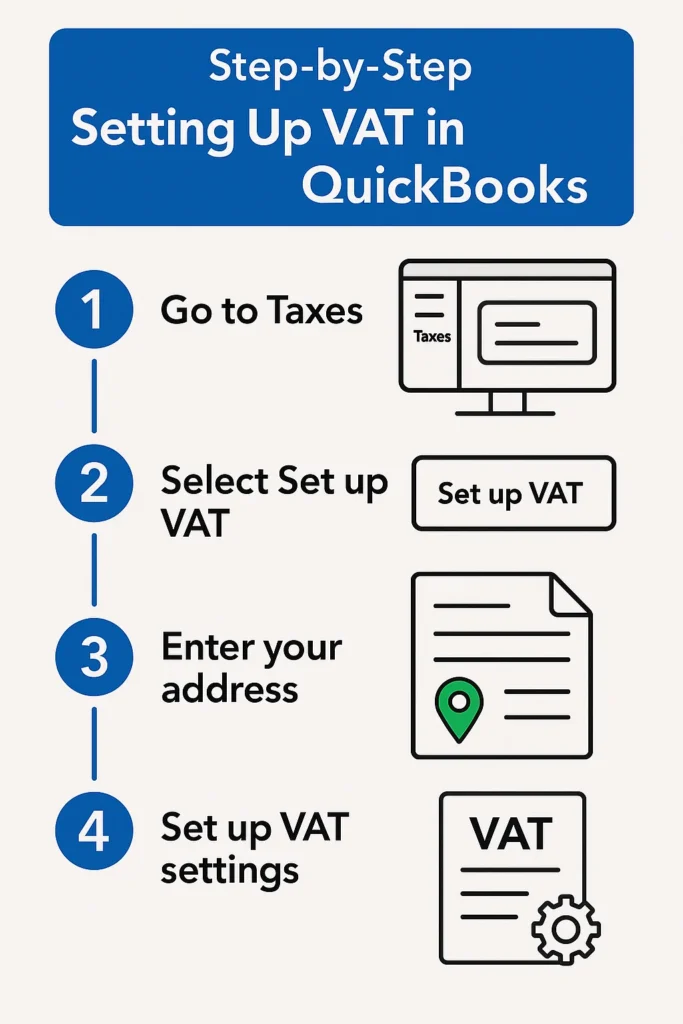
1. Enable VAT in Your QuickBooks Account
- Navigate to Settings > Accounts and Settings
- Click on the Taxes tab and select Enable VAT
- Choose your VAT agency (FTA UAE) and enter your TRN (Tax Registration Number)
2. Define Your VAT Filing Preferences
- Set your VAT reporting frequency (monthly or quarterly)
- Input your VAT start date
- Define your default tax codes (Standard, Zero Rated, Exempt)
Need help with setup? Our 2-day QuickBooks class covers VAT setup and real-life scenarios to get you up and running fast.
Understanding VAT Codes in QuickBooks
QuickBooks includes built-in VAT codes. For UAE businesses, you’ll frequently use
- 5% (Standard rated) Rated)for most taxable goods and services
- 0% (Zero Rat exports and some healthcare/education services)
- Exempt—certain financial services, residential rent, etc.
You can also create custom VAT codes if your business deals with more complex tax scenarios.
Example:
Transaction Type Code Rate
Local product sales SR 5%
Exported services ZR 0%
Salary payments EX 0%
Want a breakdown of which QuickBooks version suits your business needs? Check out our QuickBooks Plans Comparison Guide.
Recording VAT on Sales and Purchases
Once VAT is activated, QuickBooks lets you apply tax codes to every transaction.
A. Sales (Invoices or Sales Receipts)
- Create a new Invoice
- Add the items/services sold
- Apply the correct VAT code per item
- QuickBooks will automatically calculate and add the VAT amount
Example: Selling a service for AED 1,000 with 5% VAT = AED 50. Total invoice = AED 1,050.
B. Purchases (Expenses or Bills)
- Log your expense or bill
- Choose the expense category
- Apply the VAT code (e.g., SR for standard)
- QuickBooks will record input VAT for recovery
This makes claiming VAT refunds from FTA easy and audit-friendly.
How to Generate VAT Reports in QuickBooks
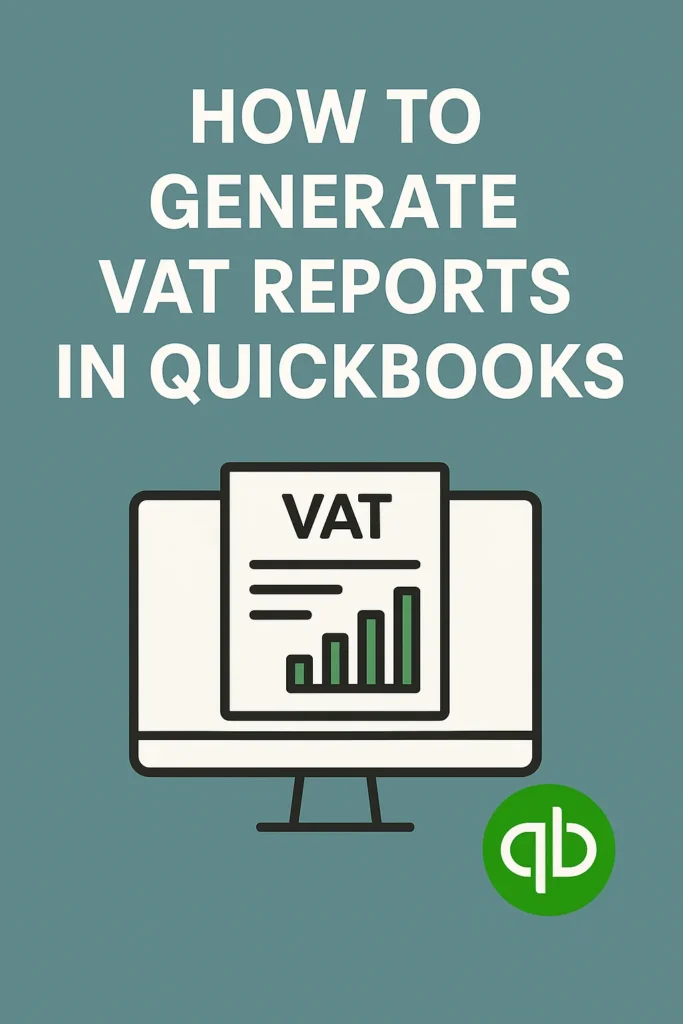
To prepare for VAT filing, use the built-in reports:
1. VAT Summary Report
- Navigate to Taxes > VAT > Reports
- This shows
- Output VAT (on sales)
- Input VAT (on expenses)
- Net VAT payable or refundable
2. VAT Detail Report
- Lists every transaction with VAT, including
- Invoice numbers
- Amounts
- Tax codes
- Suppliers/customers
3. Reconciliation
- Match your QuickBooks reports with bank statements to ensure all transactions are accurate before filing.
We also offer post-training support to help you interpret reports and correct errors. Learn more.
Filing Your VAT Return with FTA (UAE)
Although QuickBooks doesn’t directly file to FTA, the process is simple.
Step-by-Step Process:
- Open your VAT Summary Report in QuickBooks.
- Log in to the FTA e-Services portal.
- Manually enter:
- Sales subject to VAT
- Output tax
- Purchases with VAT
- Input tax
- Upload supporting documents if required.
- Submit the return and pay any balance due.
Pro Tip: Always keep your backup files and VAT reports saved for at least 5 years, in line with FTA requirements.
Tips for VAT Compliance Using QuickBooks
Here are some best practices to stay VAT-compliant in the UAE:
- Reconcile accounts monthly to catch errors early
- Always assign the correct VAT codes to each transaction
- Use class tracking to separate VAT per branch or department
- Archive your VAT reports and audit logs
- Perform a monthly VAT audit using the detailed report
Our experts are just a click away if you’re unsure where to start. Get complete training and guidance here.
Real-Life Use Cases: QuickBooks VAT in Action
Case 1: A Small E-commerce Business
An online seller uses QuickBooks to:
- Track 5% VAT on local deliveries
- Apply 0% VAT on exports to GCC
- Generate monthly VAT reports in 2 minutes
Case 2: A Marketing Agency
The agency uses QuickBooks to:
- Track input VAT on digital tools (Google Ads, Canva).
- Set reminders for quarterly FTA filing.
- Get real-time insights into VAT payable
These businesses saved time and money and ensured compliance—thanks to QuickBooks.
Key Features That Make QuickBooks VAT-Friendly
| Feature | Benefit |
|---|---|
| Automated VAT Calculation | Reduces manual errors |
| Predefined UAE VAT Codes | Ensures legal compliance |
| Reconciliation with Bank Feeds | Accurate record keeping |
| Cloud-based Access | File returns from anywhere |
| Training Support Available | Learn and apply with confidence |
Want to explore our plans and pricing? Click here
Frequently Asked Questions
No. Currently, QuickBooks doesn’t offer direct integration with the FTA portal. However, it provides accurate reports that you can manually upload.
QuickBooks Online Plus or QuickBooks Desktop with multi-currency support works best for UAE VAT users. Compare all plans here.
Not at all! Our complete training course is designed for beginners and professionals alike.
Ready to master VAT with QuickBooks?
Don’t let VAT be a burden. Whether new to QuickBooks or looking to sharpen your skills, we’re here to help. Our certified instructors offer online and classroom training, covering every aspect of VAT compliance in QuickBooks.
👉 Check available packages and enroll now
- ✅ UAE-Specific VAT Training
- ✅ Hands-on-Practice
- ✅ Lifetime Access to Resources
Do you still have questions? Visit our homepage for more information, or contact us for a free consultation.
